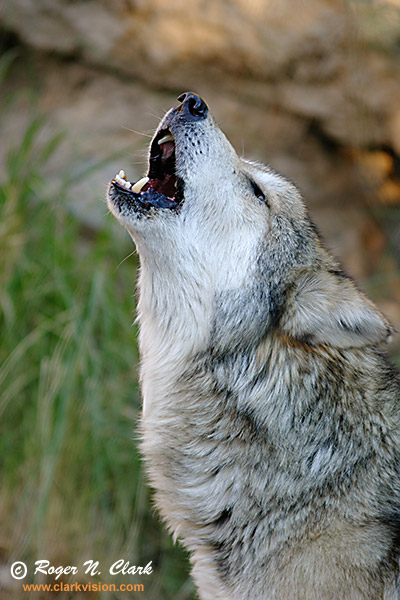For ages, wolves had been an integral part of the Midwestern environment, but by the 1940s, nearly all of the wolves living in the area had been eliminated. In the mid-1980s, wolves migrating from Canada had raised a litter of pups in Montana, and by 1991, plans were being made to study the effects of reintroducing wolves to Yellowstone National Park; by 1995, wovles were back within the park's bounds (and in designated areas outside of the park).
While environmentalists celebrated the return of the wolves, Midwestern ranchers and farmers worried about the effects that wolves would have upon their livestock. They believed that predation of such animals as sheep and cattle by wolves would cause costly problems. The government may compensate ranchers who might have lost livestock, but they must be sure that the animal's death was in fact caused by wolves, and many ranchers feel that government compensation is not nearly enough to cover thier losses.
They, in short, want wolves as far away as possible from their animals and reserve the right to shoot any wolf that comes too close. Environmentalists, on the other hand, believe that the wolf is essential to the health of the ecosystem and are loathe to have any wolf shot. The restoration of wolves to their farmer ranges is a constant tug-of-war battle between conservationalists and farmers.
Subscribe to:
Post Comments (Atom)


No comments:
Post a Comment